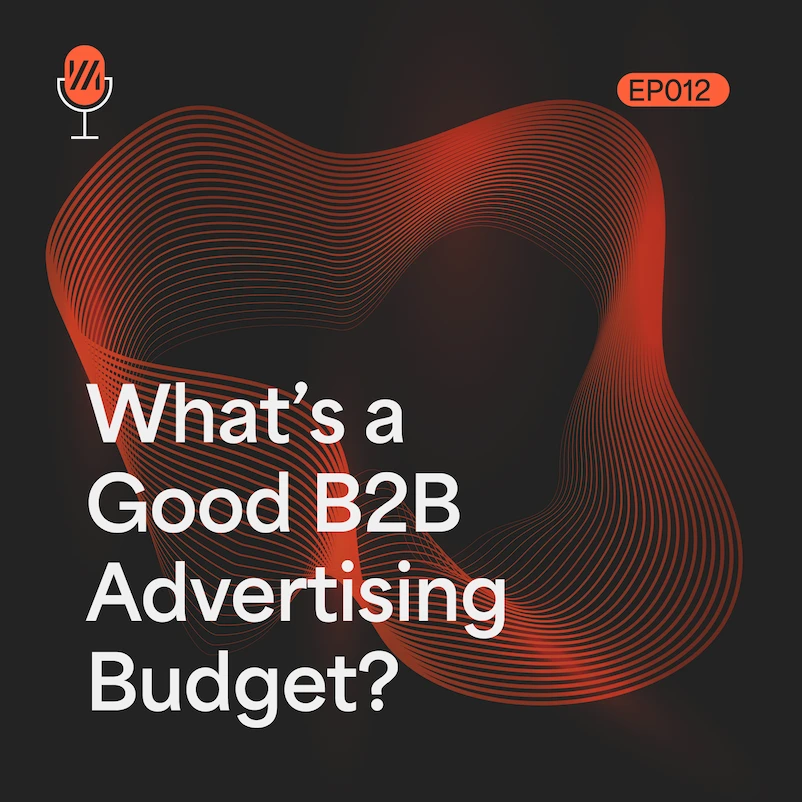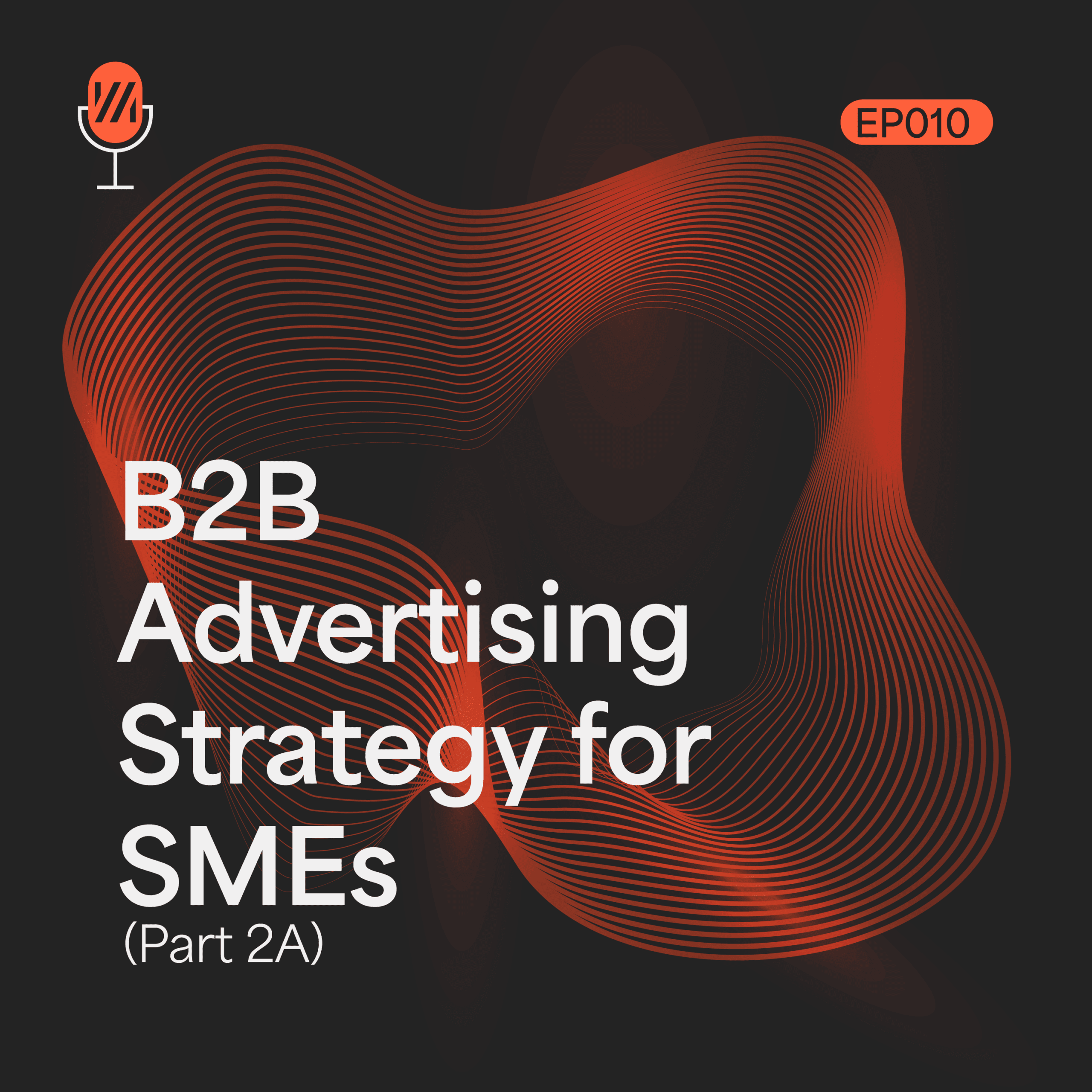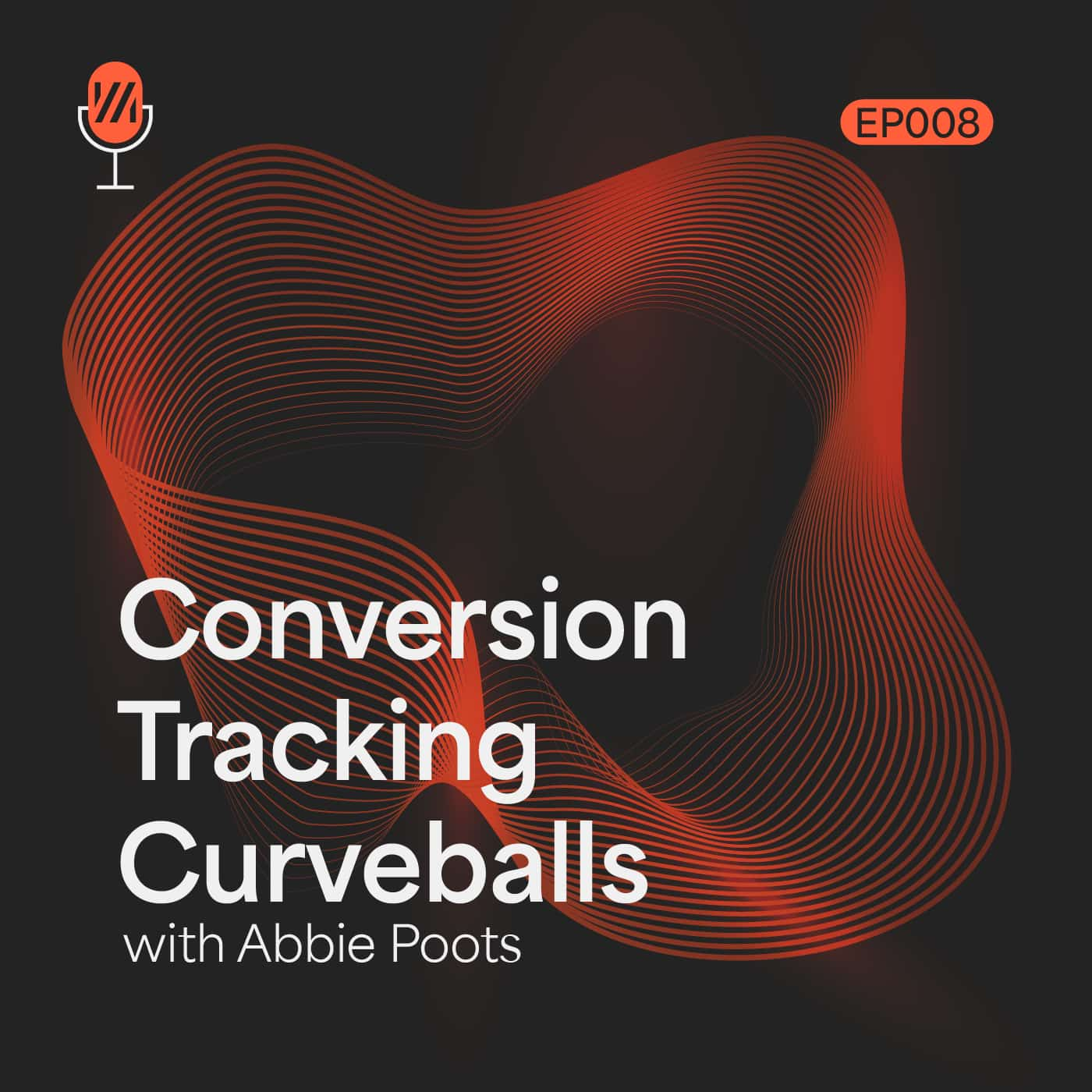Managing limited budgets, tight schedules, and the constant pressure to generate high-quality leads, B2B marketing is a tricky business!
If you’ve ever felt overwhelmed by PPC campaigns that drain resources without delivering results, you’re not alone.
This guide explores building a robust B2B advertising strategy for SMEs, focusing on smarter keywords, tighter audiences, and sharper tracking in Google Ads.
We’ll cover how to turn fragmented research into a cohesive plan that aligns your team and drives scalable growth.
Whether you’re new to PPC or refining existing efforts, you’ll learn practical steps for an SME B2B marketing plan using Google Ads, including effective B2B ad targeting for small businesses.
Covering insights from episode 011 of the B2B Performance Marketing Podcast, we’ll cover keyword research that goes beyond the obvious, audience selection across major platforms, precise conversion tracking to eliminate waste, and how to package it all into a strategy document that secures stakeholder buy-in.
We’ll also explore additional considerations like budgeting, creative optimisation, and long-term scaling to ensure your campaigns thrive.
By the end, you’ll have the tools to create a Google Ads strategy for B2B companies that prioritises high-intent traffic and measurable outcomes.
The importance of strategic prioritisation in B2B advertising
A strong B2B PPC strategy hinges on prioritisation.
Too many SMEs scatter their efforts across broad keywords and vague audiences, leading to inflated costs and poor ROI.
The key insight from this episode? Start with search ads if demand exists, as it’s the highest-intent channel available.
If search volume is low, pivot to social platforms like Meta or LinkedIn to build awareness.
Measurement and team alignment are often overlooked but essential for long-term success.
Without tight tracking, your campaigns can’t optimise effectively, and without a clear plan, stakeholders won’t commit.
The goal is to transform raw insights from competitor analysis and customer pain points, into a unified, actionable B2B advertising strategy for SMEs.
This approach not only saves budget but also positions your small business for sustainable scaling.
The B2B Performance Marketing Podcast
Subscribe to the B2B Performance Marketing Podcast for practical insights, zero fluff, and real results.

Key Takeaways and Frameworks
1. Start With Intent: Smarter Keyword Research
Keyword research is the foundation of any effective Google Ads strategy for B2B companies.
Many SMEs stick to “head terms”, generic phrases like “project management software”, which are highly competitive and costly.
Instead, dig deeper using tools like Google Keyword Planner combined with insights from your Breakthrough Blueprint, a framework for mapping customer challenges, objections, and services.
Begin by compiling a list of keywords from competitor ads, top performers in your account, and customer queries.
For instance, don’t just bid on broad terms if you offer consultancy services. Look for high-intent, low-competition opportunities, such as specific error codes or problem-solving questions.
For example, Primavera consultancy targeted Oracle error messages instead of head terms. This uncovered untapped traffic with CPCs under £1, leading to high-quality leads at a lower cost.
Once you have your list, categorise keywords by intent:
- Commercial intent: Phrases indicating readiness to buy, such as “buy B2B CRM software” or “hire PPC agency for SMEs”. These should be your priority for immediate campaigns.
- Informational intent: Queries seeking knowledge, like “how to optimise Google Ads for B2B”. Use these for top-of-funnel content or remarketing.
Filter out low-volume keywords, anything under 100 monthly searches, unless they’re highly niche and align with your audience.
Check CPC estimates to ensure viability within your budget. This process ensures your SME B2B marketing plan using Google Ads focuses on terms that deliver ROI, avoiding the trap of bidding wars on overused phrases.
Pro tip: Paste keywords into Google Search to gauge intent. If results show service pages, it’s commercial; if blogs dominate, it’s informational. Aim for a balanced list that allows at least 100 clicks per keyword based on your budget, preventing “scaling jail” where costs rise sharply as you expand.
2. Build Tighter, Testable Audiences
Audience targeting can make or break your campaigns.
In a B2B context, where decision-makers are specific and sales cycles are long, broad audiences waste budget on irrelevant clicks.
The podcast emphasises using platform-native tools to map and size audiences before launching.
For Google Ads, explore affinity (interest-based) and in-market (purchase-intent) segments.
Search for variations and let the tool suggest related options.
On Meta, add initial audiences and review suggestions to build a comprehensive list.
LinkedIn excels for B2B with job titles, industries, and company sizes, but keep audiences under 50,000 for better performance and lower CPMs.
Document everything: List audiences by platform, note sizes, and avoid over-layering, which shrinks reach and increases costs, particularly in regions like the UK.
The strategy?
Test one audience per ad set or group.
This feeds algorithms with clean data, revealing what works. For small businesses, this means starting broad on Google/Meta to gather insights, then refining to tighter segments on LinkedIn for precision targeting.
Tie audience-building back to your Breakthrough Blueprint, targeting pain points like “overcoming sales objections in SaaS” to attract decision-makers.
This creates a small business B2B advertising guide that’s data-driven and scalable, ensuring your ads reach prospects ready to engage.
3. Sharpen Your Tracking (or Risk Wasted Spend)
Poor tracking undermines B2B PPC.
Many SMEs track vanity metrics like page views or clicks, inflating “success” while hiding inefficiencies.
The episode stresses tracking only true conversions: form submissions, qualified calls, or purchases, not impressions or partial actions.
Align tracking across tools, Google Ads, GA4, and Google Tag Manager (GTM), using shared triggers to avoid discrepancies.
For example, don’t count a form view; track submissions. For calls, measure those lasting over a minute. Audit your setup regularly, as mismatches lead to misguided optimisations and wasted budgets.
Why does this matter for your B2B advertising strategy for SMEs?
Accurate tracking powers platform algorithms to find more high-quality traffic and provides insights into what’s driving results.
In B2B, where leads take time to nurture, sharp tracking ensures you’re measuring pipeline impact, not just top-line activity.
4. Package the Strategy to Align Everyone
Research alone isn’t enough; you need a document that unites your team. Create a visual presentation divided into three sections:
- Section 1: Business Context: Summarise Breakthrough Blueprint findings, customer profiles, challenges, and goals, to set the stage.
- Section 2: Competitor Analysis: Table competitors with estimated spends, links to ad libraries (Google Transparency Center, Meta/LinkedIn Ads Libraries), and observations on budgets, keywords, creatives, and landing pages.
- Section 3: Campaign Plan: Detail recommendations for budget allocation, campaign structure (e.g., by service), ads, landing pages, and targeting. Include “what, why, how” for each.
End with action-oriented slides:
- Immediate: Quick wins to implement now.
- Future: Ideas to park for later.
- Urgent Needs: Dependencies like tracking fixes or budget approvals.
This deck turns your how to build a B2B advertising strategy for SMEs into a stakeholder-approved roadmap.
Draft ad previews and finalise keyword lists before sharing, ensuring buy-in and clear execution.
The B2B Performance Marketing Podcast
Subscribe to the B2B Performance Marketing Podcast for practical insights, zero fluff, and real results.

Budgeting for B2B PPC Success
Budgeting often trips up SMEs, as it’s tempting to spread funds thinly across platforms or chase low-cost leads at the expense of quality.
The podcast highlights the importance of setting a target cost per lead (CPL) rather than aiming for the lowest possible CPL.
Why?
Low-cost leads often come from broad, low-intent keywords, limiting scalability. As you increase spend, competition from larger players drives up costs, so plan for a sustainable CPL that aligns with your sales funnel.
Start by allocating budget based on platform strengths. If search demand exists, prioritise Google Ads for high-intent traffic.
Use LinkedIn for precise targeting when lead quality matters more than volume. Meta can complement efforts for awareness or remarketing.
A practical approach: Test small budgets (£500-£1000/month) per platform, focusing on one audience and keyword set per campaign. Monitor CPL and conversion rates weekly, then scale what works. For SMEs, this ensures you’re not overcommitting funds before proving ROI.
Optimising Ad Creatives for B2B
Ad creatives are your first impression, yet many B2B campaigns rely on generic copy that fails to resonate. Tailor your ads to address specific pain points from your Breakthrough Blueprint.
For example, instead of “Best CRM Software”, try “Solve SaaS Sales Objections with Our CRM”. Highlight benefits like speed, cost, or authority to stand out. On LinkedIn, use professional tone and visuals; on Meta, test more emotive imagery to capture attention.
Test multiple ad variations (3-5 per ad set) and analyse performance biweekly. Pause underperforming ads and iterate based on click-through rates (CTR) and conversions.
For landing pages, ensure alignment with ad copy, focusing on clear calls-to-action (CTAs) and minimal friction (e.g., short forms).
This approach maximises your effective B2B ad targeting for small businesses, driving engagement and conversions.
Scaling Your Campaigns Long-Term
Once your campaigns are running smoothly, scaling becomes the next challenge.
Avoid the temptation to simply increase budgets across the board, as this often inflates CPL without proportional results.
Instead, use insights from your tracking to identify top-performing keywords and audiences.
Double down on these while testing new segments incrementally.
Consider remarketing to warm audiences who’ve engaged but haven’t converted, using tailored ads to address objections.
Gradually introduce Performance Max campaigns only after optimising search ads, as the podcast warns that premature use can dilute lead quality.
For long-term growth, revisit your Breakthrough Blueprint quarterly to refresh customer insights and stay ahead of market shifts.
This ensures your Google Ads strategy for B2B companies evolves with your business and industry.
FAQs
What is a B2B advertising strategy for SMEs?
It’s a focused ad approach tailored for small and medium B2B companies, using smart keyword targeting, audience segmentation, and conversion tracking.
How do I build a B2B advertising strategy for SMEs?
Start with intent-based keywords, test platform-specific audiences, set up accurate tracking, and package everything into a clear strategy deck.
What makes a good SME B2B marketing plan using Google Ads?
Prioritise search ads where demand exists, avoid generic keywords, test one audience per ad set, and ensure proper conversion tracking.
Why is conversion tracking important in B2B PPC?
Good tracking improves platform optimisation, reveals what’s working, and prevents wasted spend by filtering out low-quality actions.
What’s a cost-effective Google Ads strategy for B2B companies?
Focus on long-tail, high-intent keywords, use smaller LinkedIn audiences, and avoid Performance Max until search is fully optimised.




